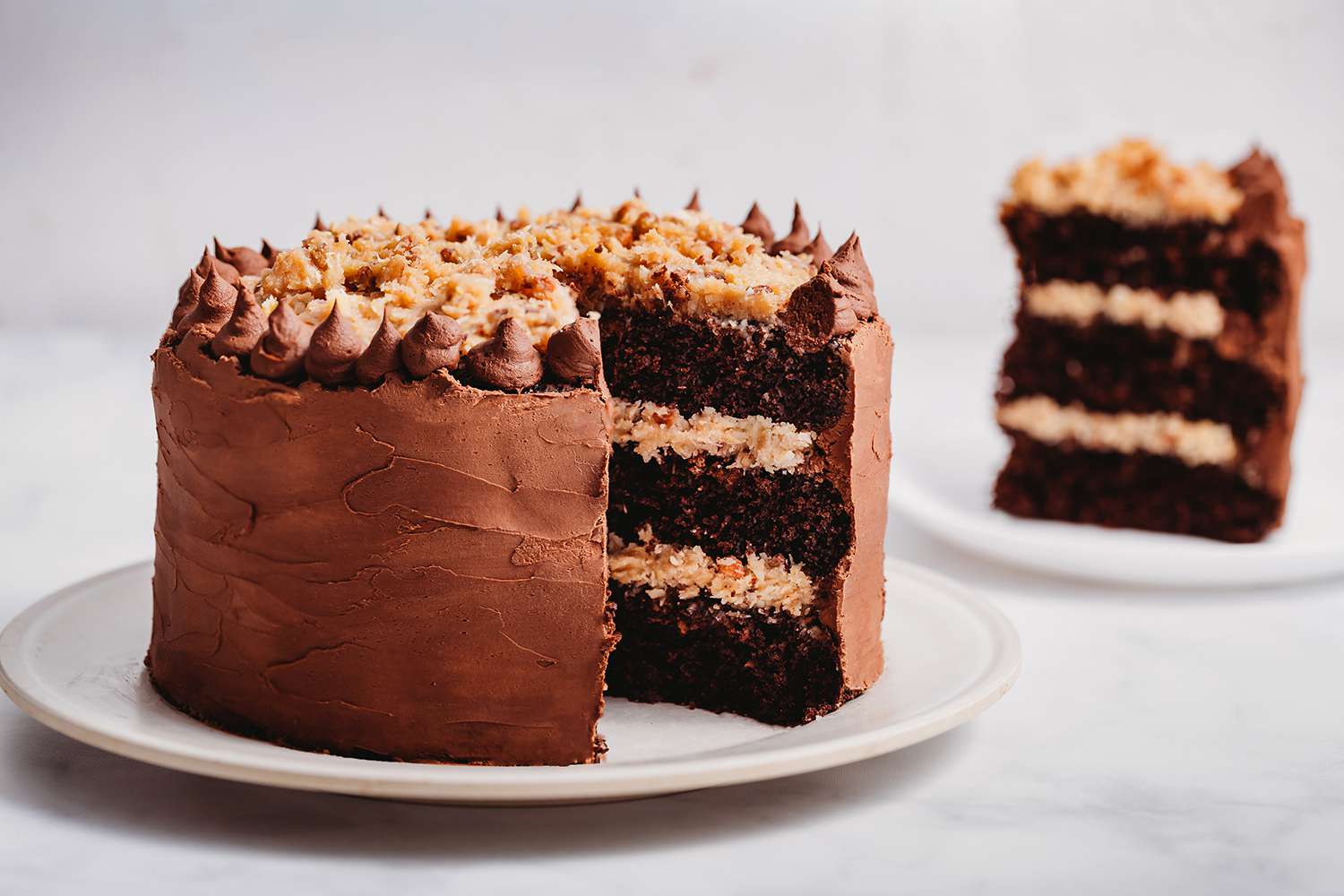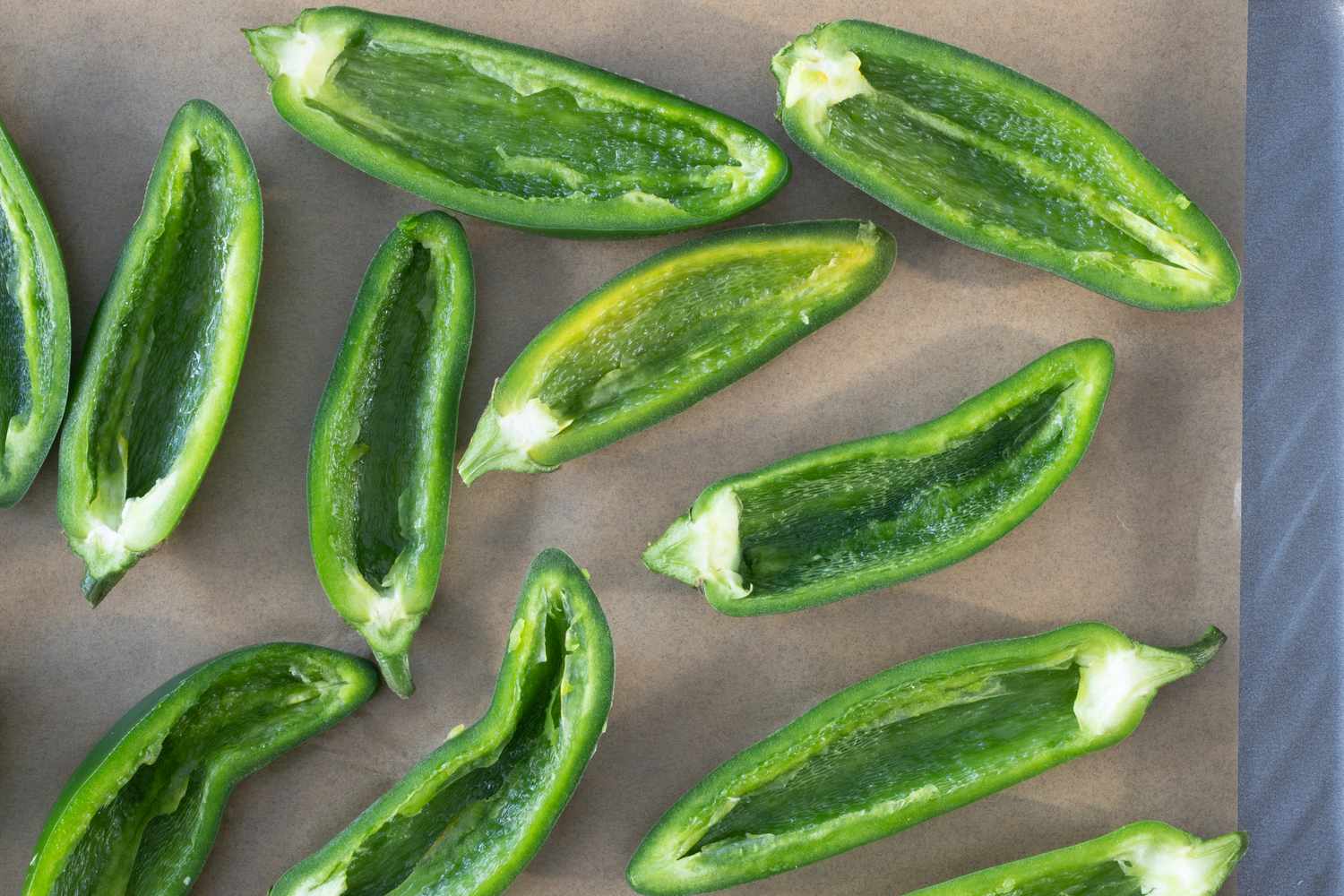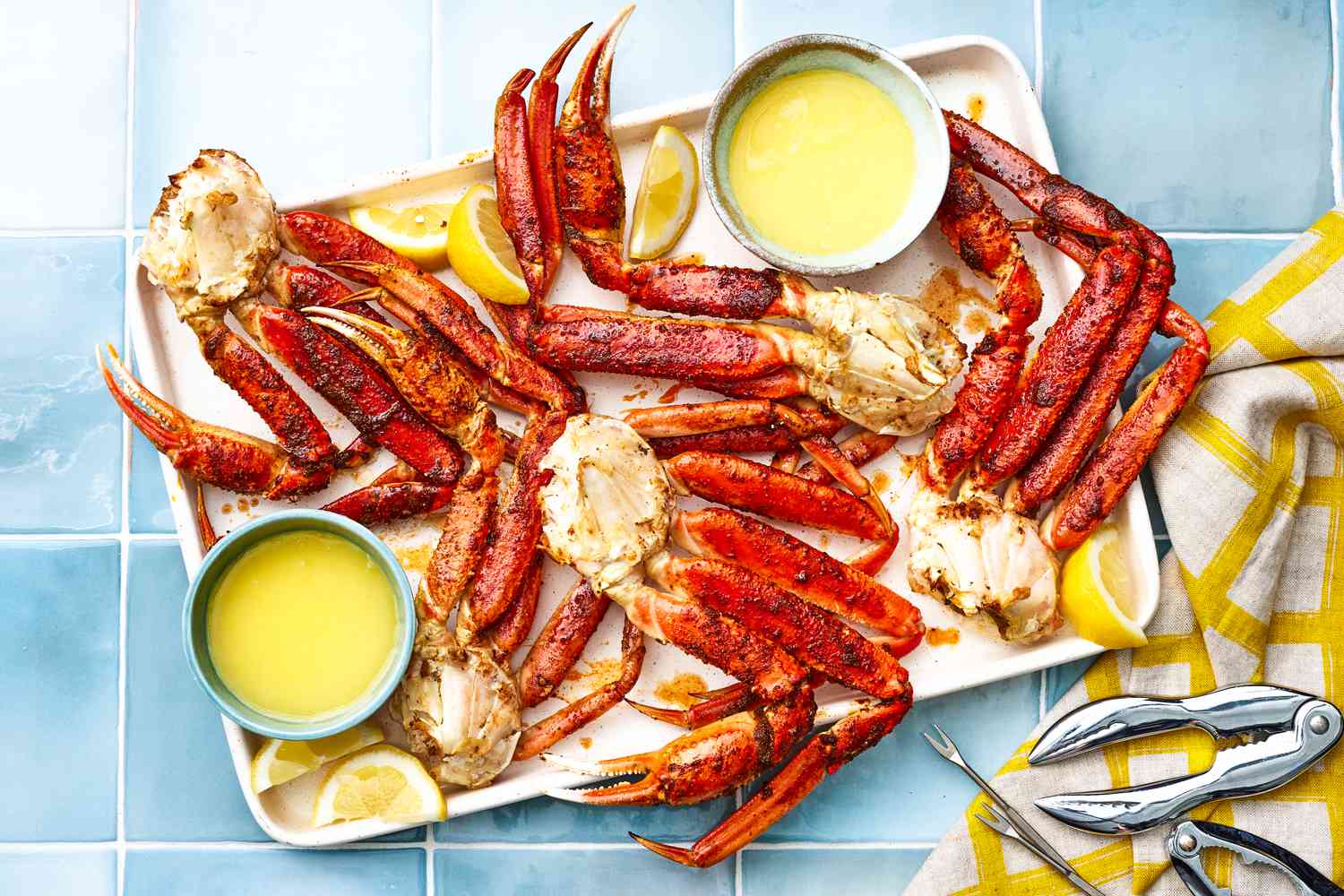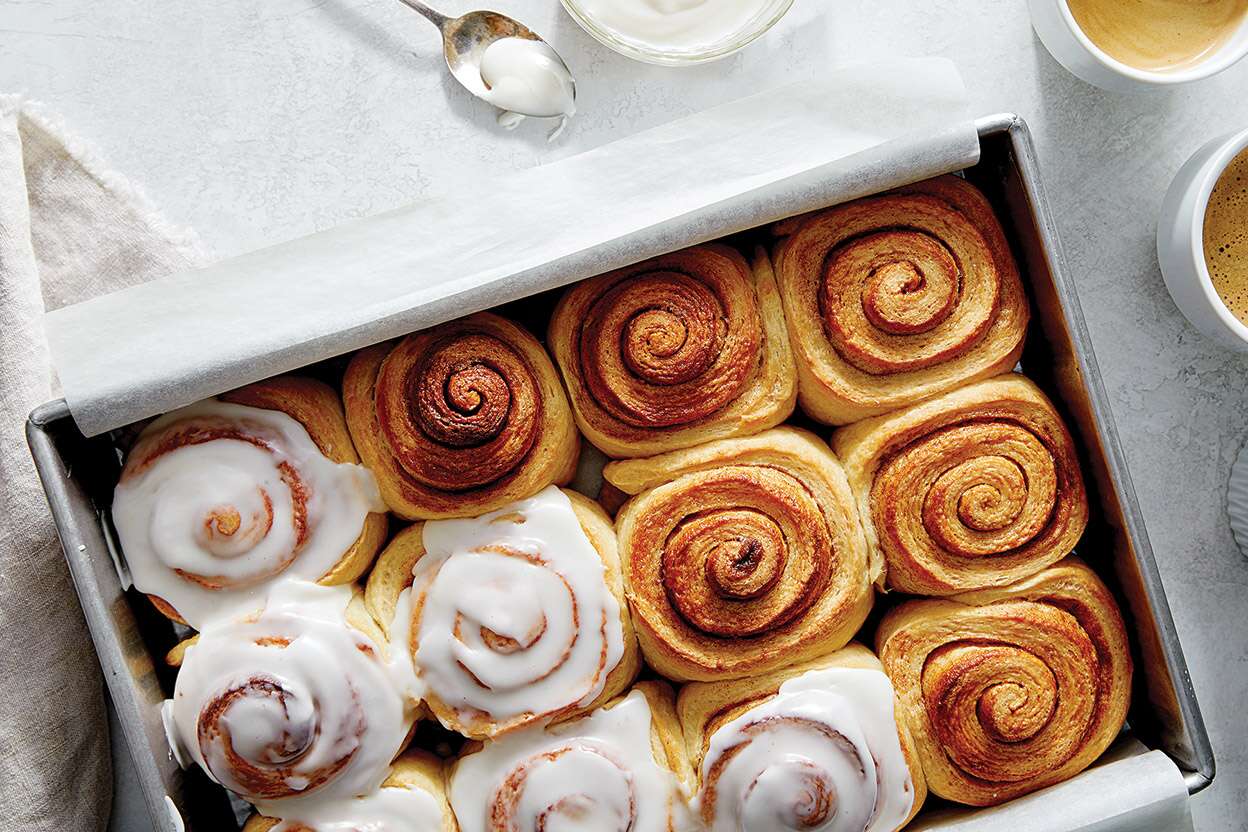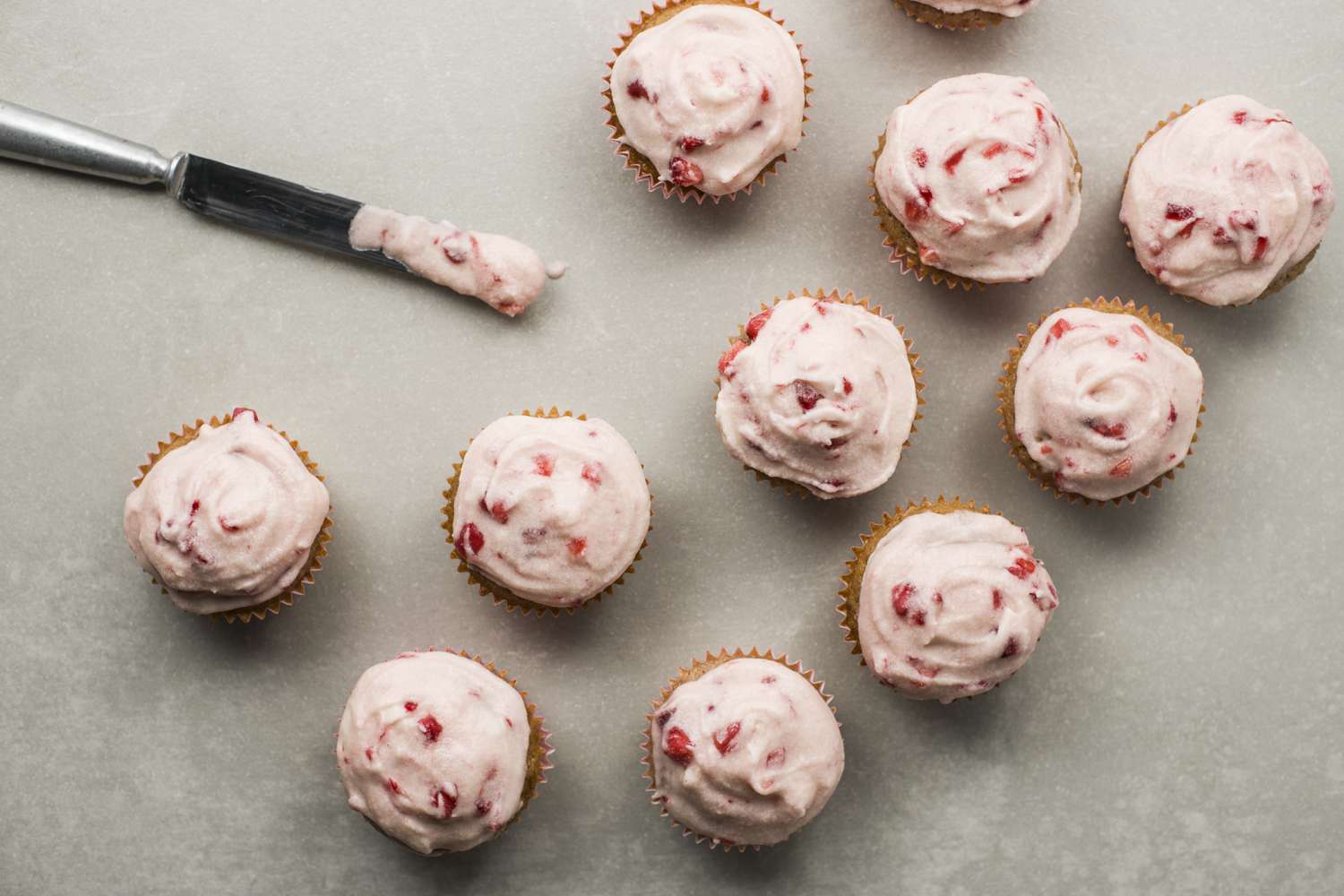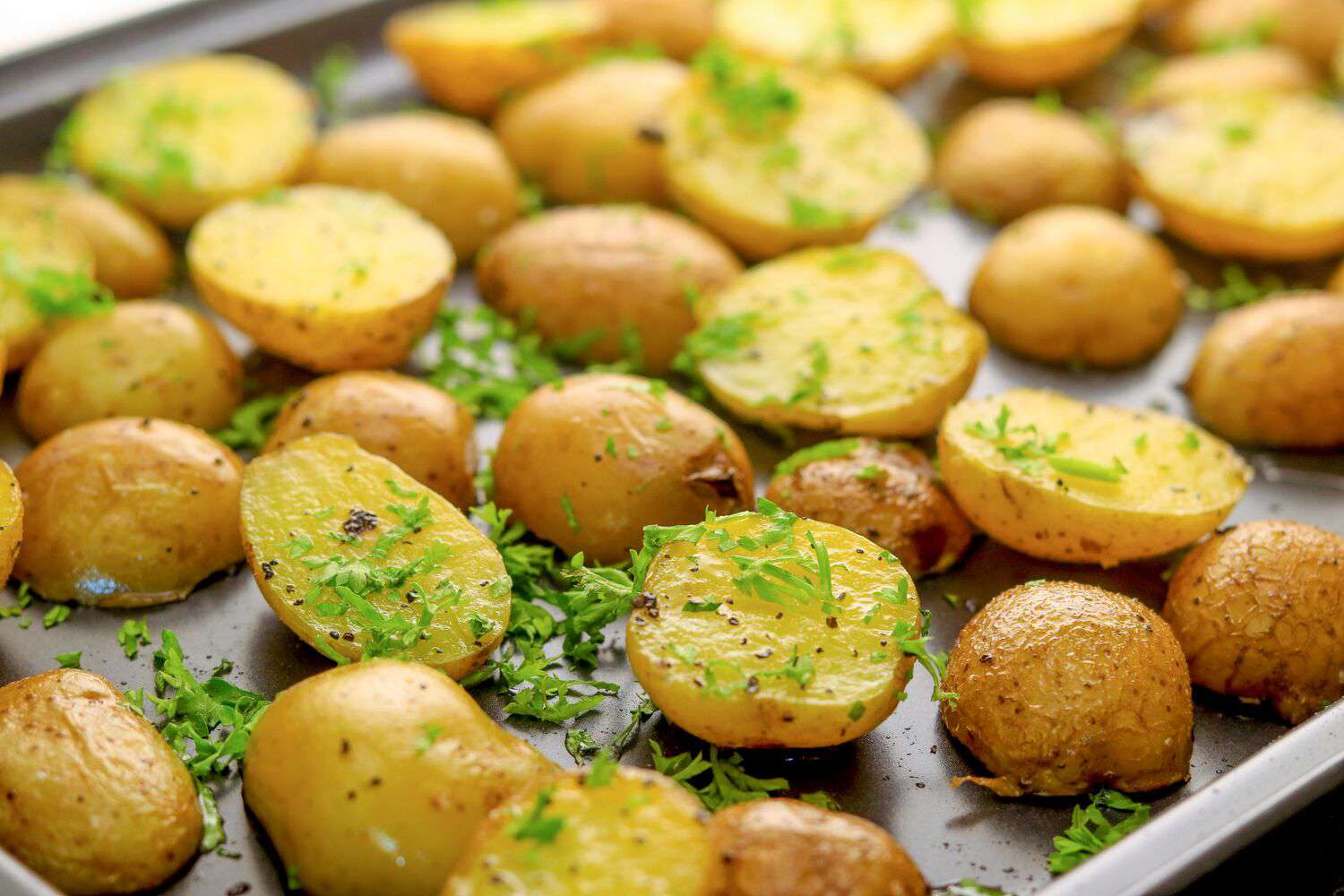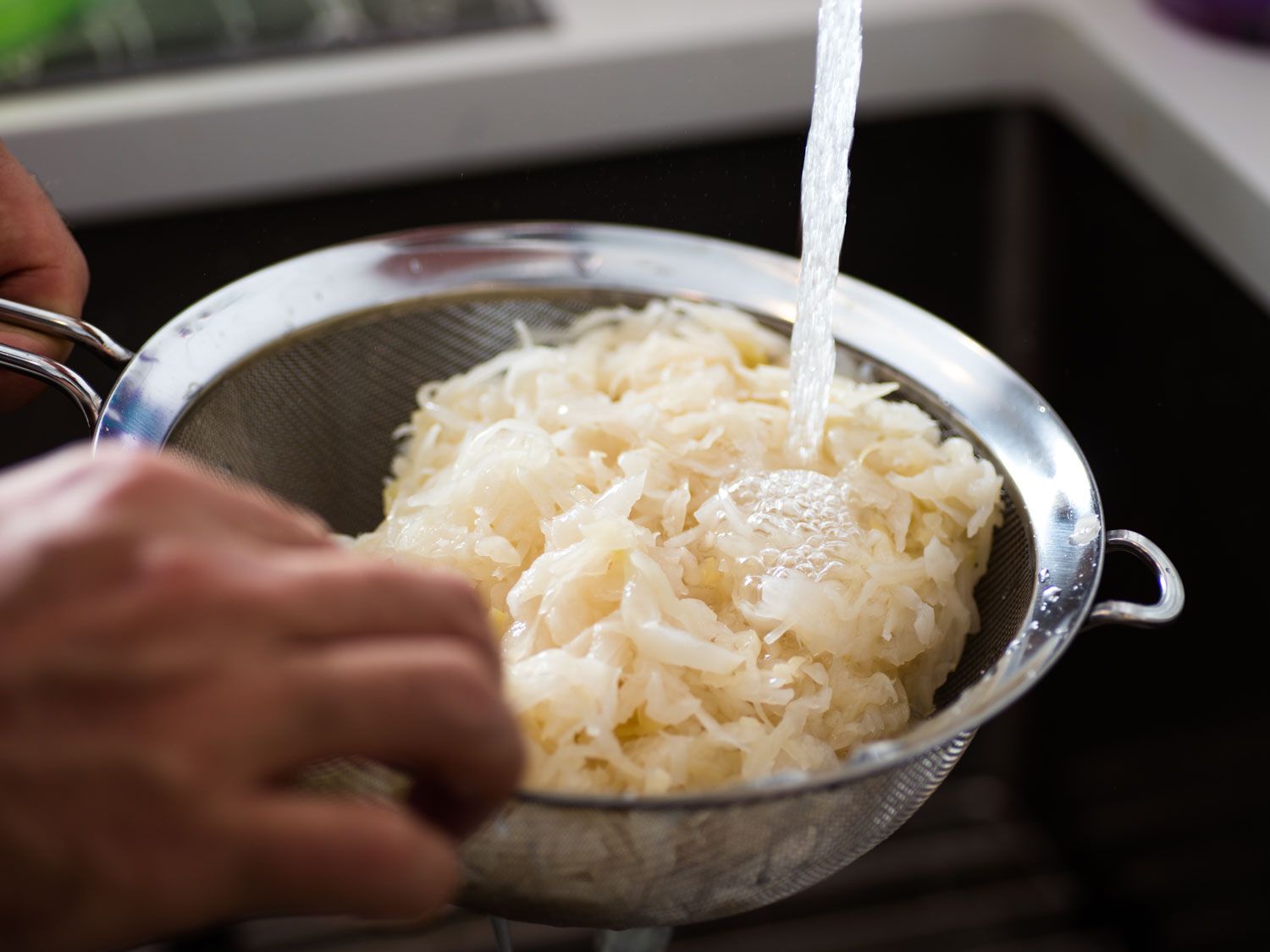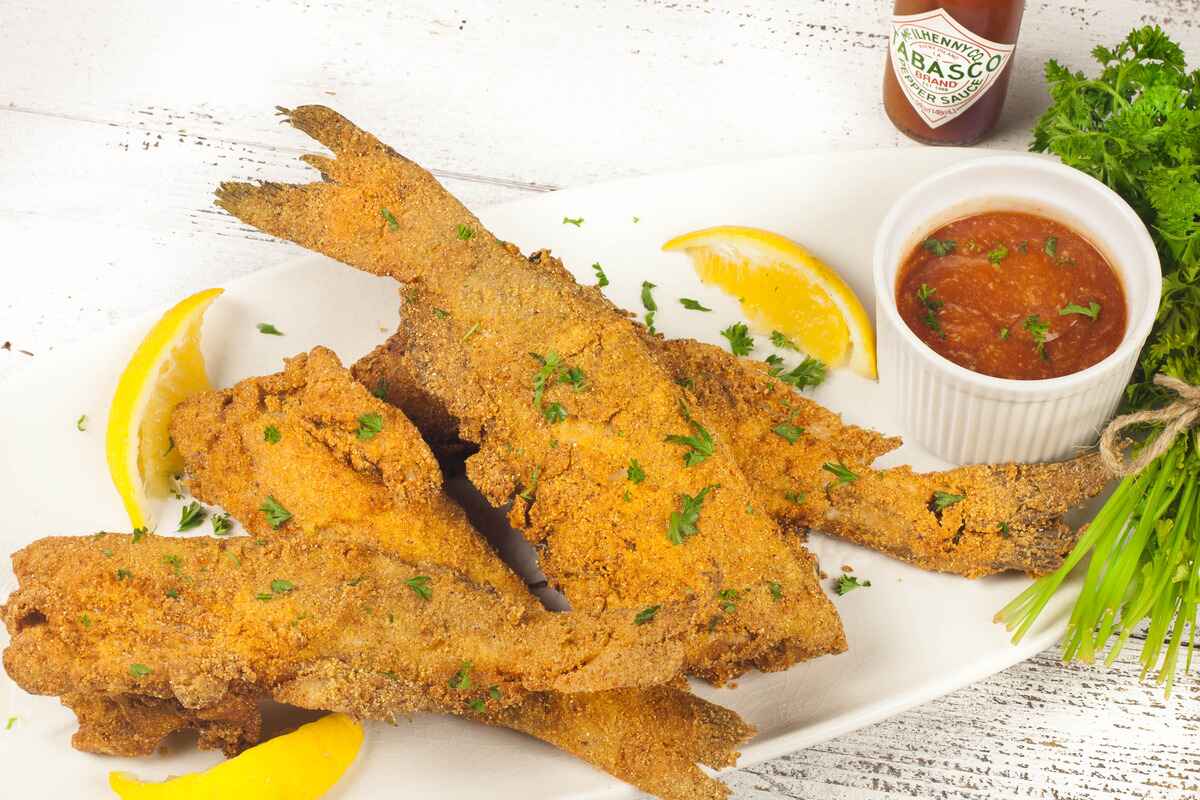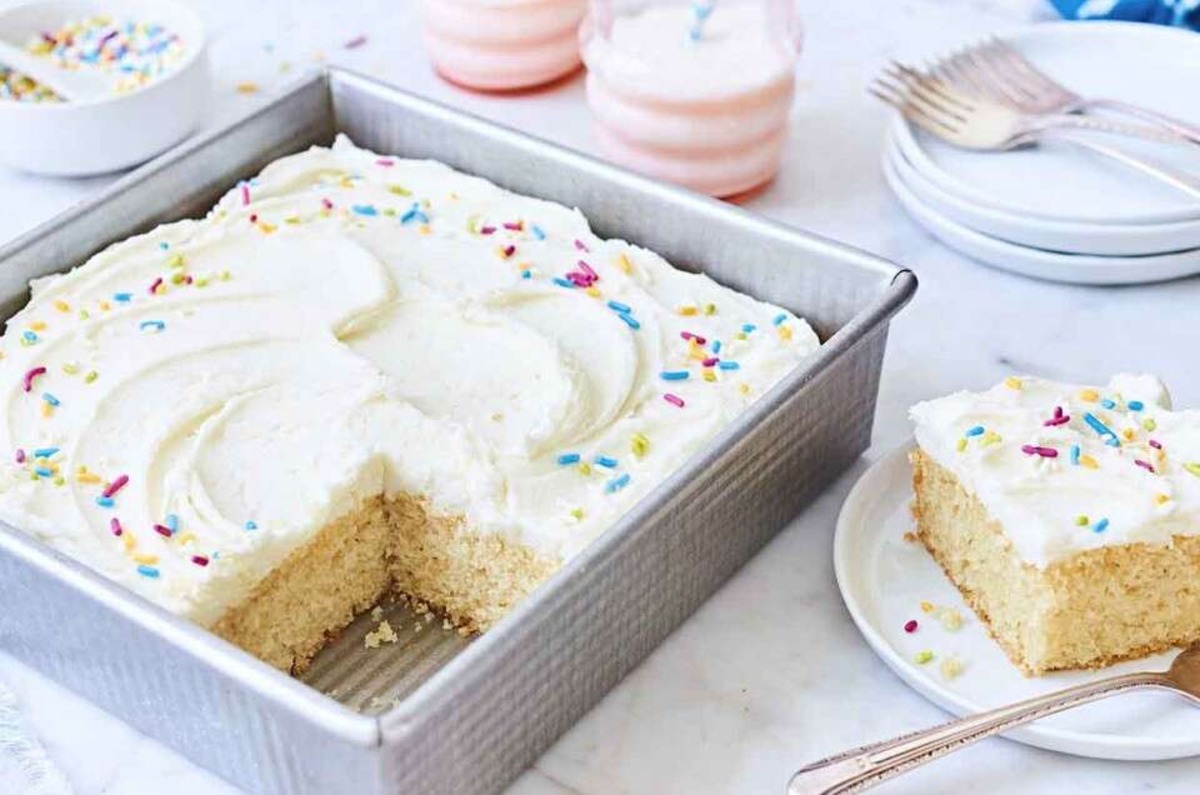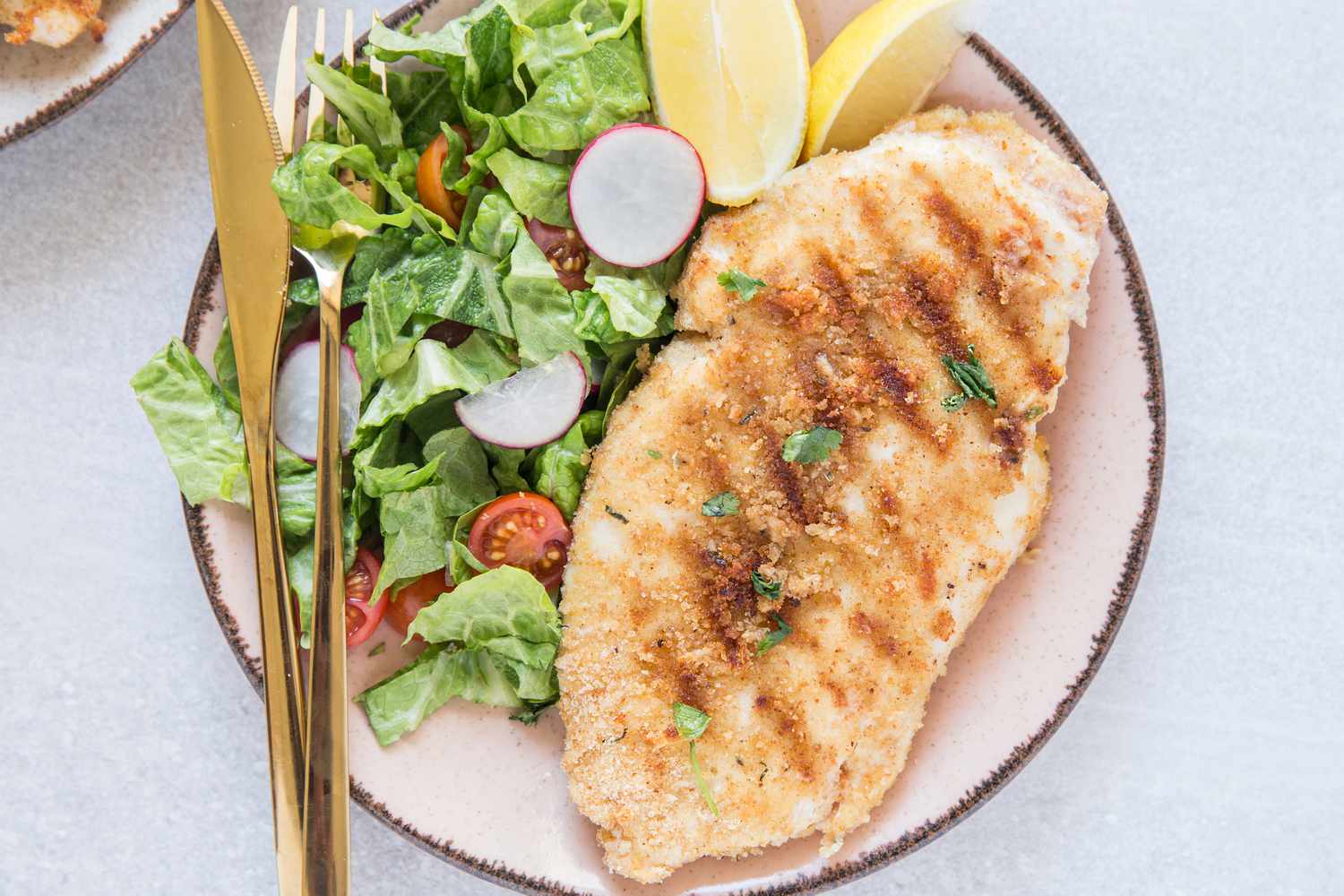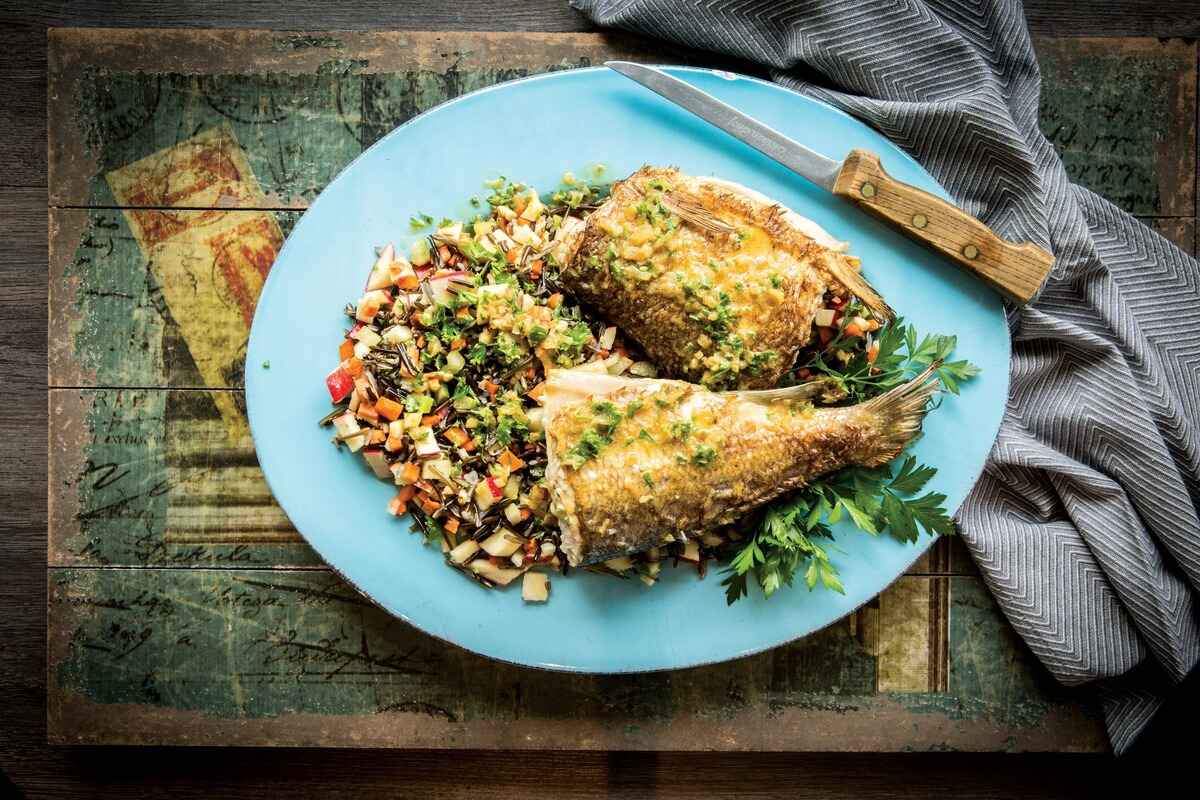How to Incorporate Real Lavender into Your Baking
Are you looking to add a unique and delightful flavor to your baked goods? Real lavender can be a wonderful addition to your baking repertoire. Not only does it impart a lovely floral aroma, but it also adds a subtle, slightly sweet flavor that can elevate your favorite recipes. Here’s how you can incorporate real lavender into your baking:
Choosing the Right Lavender
When it comes to baking with lavender, it’s important to use culinary lavender, which is specifically grown and harvested for consumption. Look for dried culinary lavender buds, which can be found at specialty food stores or online. Make sure to select organic, food-grade lavender to ensure the best flavor and quality for your baked goods.
Preparing the Lavender
Before using lavender in your recipes, it’s essential to prepare it properly. Start by gently crushing the dried lavender buds to release their essential oils and maximize their flavor. You can use a mortar and pestle or simply crush the buds with the back of a spoon. Be mindful not to overdo it, as you don’t want the lavender to turn into powder.
Infusing Flavors
One of the best ways to incorporate real lavender into your baking is by infusing it into your ingredients. You can infuse the flavor of lavender into liquids such as milk, cream, or butter. Simply heat the liquid of your choice until it’s warm, then add the crushed lavender buds and let them steep for about 15-20 minutes. After infusing, strain the liquid to remove the lavender buds, leaving behind a subtly flavored base for your recipes.
Adding Lavender to Batters and Doughs
Once you have your infused liquid, you can use it in various batters and doughs to impart the delicate flavor of lavender. Whether you’re making cakes, cookies, scones, or even bread, adding a hint of lavender-infused liquid can take your baked goods to the next level. Remember that a little goes a long way, so start with a small amount and adjust to taste.
Pairing Lavender with Complementary Flavors
Lavender pairs beautifully with a variety of flavors, including lemon, honey, vanilla, and berries. Consider incorporating these complementary flavors into your lavender-infused recipes to create a harmonious balance of taste and aroma. For example, a lemon and lavender cake or honey lavender scones can be delightful treats for your taste buds.
Decorating with Lavender
In addition to flavoring your baked goods, you can also use real lavender as a decorative element. Sprinkle a few whole lavender buds on top of frosted cakes, pastries, or desserts to add a touch of elegance and a pop of color. Not only does it look beautiful, but it also provides a subtle floral fragrance that enhances the overall sensory experience.
Final Thoughts
Baking with real lavender opens up a world of creative possibilities in the kitchen. Whether you’re a seasoned baker or just starting out, experimenting with this fragrant herb can lead to delightful and memorable culinary creations. So, the next time you’re in the mood to bake, consider incorporating real lavender into your recipes for a unique and aromatic twist.
Remember to start with high-quality culinary lavender, prepare it with care, and balance its flavor with complementary ingredients. With a bit of creativity and a touch of lavender, you can elevate your baking to new heights.
Was this page helpful?
Read Next: How To Bake Veal Chops
